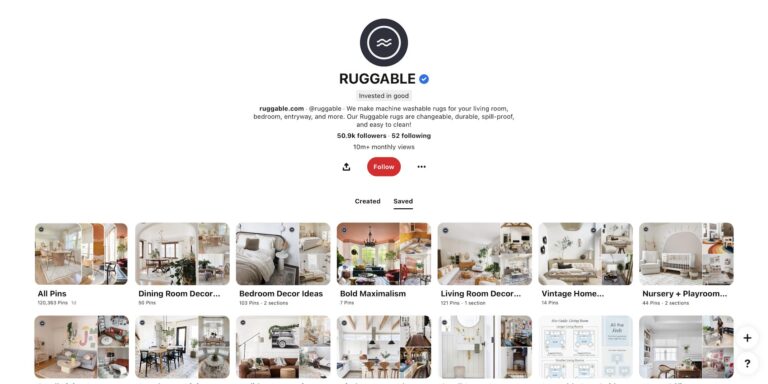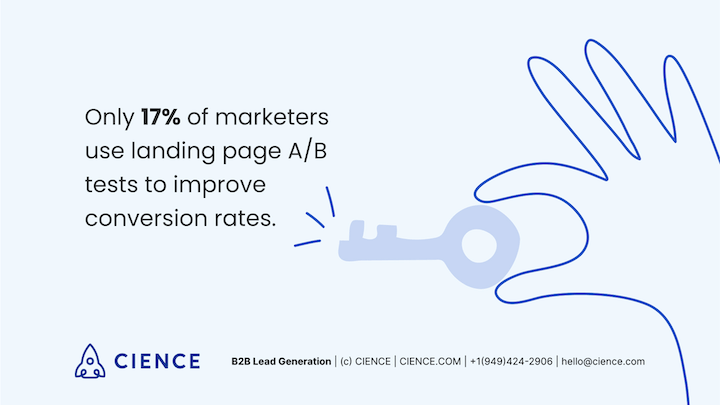Tinuiti’s Chief Strategy Officer, Nii Ahene, participated in a panel during the Mediaocean retreat: “Insisting on an Inclusive Media Supply Chain. The panel explored how a DEI approach to ad buying and selling is ultimately good for marketing performance.
Ahene appeared alongside Hugh Garvey, Editor in Chief at Sunset Publishing, and Rachel Lowenstein, Global Managing Director, Inclusive Innovation at Mindshare. The panel was moderated by Nicole Brown, SVP People & Culture at Mediaocean.
Lastly, Ahene closed out the panel by explaining the need for more conversations around DEI in media – and how the presence of these conversations can be a sign of success in itself:
Every year, CES serves as an international gathering place for consumer technology businesses and professionals. As part of CES 2022, ad services and media company Mediaocean hosted a two-day virtual retreat covering a variety of issues in the data-driven media industry.
Insisting on an Inclusive Media Supply Chain
“It’s not something we can just expect to happen from the ground up,” Ahene explained. “It needs attention and investment from senior executives.”
Lowenstein expressed the need for radical honesty and introspection: “Do we feel good about the work we’re doing? Are we doing enough? Ask the people in your organization, especially the more junior level folks, are we doing the right thing? Use them as resources and uplift their voices and ideas, and they’ll give you a radical and honest view of what they want to see in the future.’
What does DEI in the media supply chain look like?
“Clients do care about the bottom line, so it’s our job as agency partners to demonstrate how that focus on inclusion can help to drive results.”
Media brands and agencies must also look at the economic impact of inclusion and diversity. Diversity in the media supply chain means considering the economic empowerment that paid media can have, from working with diverse influencers and media companies to partnering with diverse agency teams and creative development.
At the end of the panel, each panelist was asked how they can tell whether they’re making progress in their DEI initiatives.
“As an agency, it’s our job to bring in the talent. In our industry, working at an agency is the first job you have. It’s our job to reach out to various institutions, whether those are HBCs, or reaching out to clubs on campus, to ensure that we have a diverse talent pipeline to be able to introduce people to digital marketing.”
What is the strategic rationale for more inclusivity in advertising?
“I don’t want to just see panels; I want to see tracks that are dedicated to this and workshops to help brands that are struggling with this challenge. Maybe they don’t understand how they should think about an inclusive supply chain or media planning. This isn’t something that we can passively expect is going to happen. We as leaders need to bring these conversations to clients, our team members, our partners, to make sure that we’re making forward progress on this issue.”
“The more events we go to and the more times we’re having this conversation, that’s a great leading indicator to show that our industry is prioritizing this as a challenge and an opportunity.”
That said, the work is far from over. To continue effecting change, Ahene explains, these conversations and efforts need to expand to include everyone in the media planning landscape. From a publishing perspective, Hugh Garvey explained that he measures successful DEI by looking at how his audience has changed and grown over time. “Reaching diverse communities is reaching a growth market,” he explained.
You can access the recording of the “Insisting on an Inclusive Media Supply Chain” panel – and the rest of the discussions from Mediaocean’s CES 2022 retreat – at this link.
At Tinuiti, we’ve seen clients take these DEI media initiatives to heart and make them an integral part of their media campaigns. “This becomes one of the first conversations we have as opposed to an afterthought,” said Ahene. “We’re starting to see that across pitches, opportunities, and where we’re buying media.”
How will we know if we’re making progress in our DEI initiatives?
To make media more inclusive, brands and agencies need to consistently ask “Who is making the decisions?” and “Who is creating the content?” Formalizing the conversation around diversity and inclusion is relatively new, and it’s a significant reason why we’re seeing more and more diversity in media – both in front of and behind the camera.
Here is a recap of the panel discussion, including insights and key takeaways from Ahene.
Lowenstein calls more thoughtfully investing in diverse platforms, communities, and creators “intentional media.” If you want to reach and grow more diverse audiences, you need to put that community at the center of your media plan.
Within the last 18 months, many brands and agencies have put systems in place to ensure media, tech, and services partners are truly representative of the multicultural world we live in. DEI (diversity, equity, and inclusion) has gone from something discussed in DEI committee meetings to a priority that has the attention of executive teams.
“There’s a new commercial need to build strong contextual relationships between brands and new and diverse audiences. For brands that have been communicating with their audience in the same way for 20 years, if they want to see incremental growth, they need to build in new places to have those conversations,” Ahene says.
He also explained the role of agencies in these initiatives:
DEI in the media supply chain needs to go beyond diversity in front of the camera. “One thing that I think our industry has been hyper-focused on is visual representation of diversity. That’s been the be-all, end-all of what inclusivity and diversity looks like,” explained Rachel Lowenstein.
Ahene spoke about how the changes we’re seeing in advertising around privacy and micro-targeting make diversity and inclusivity a strategic must-have.






